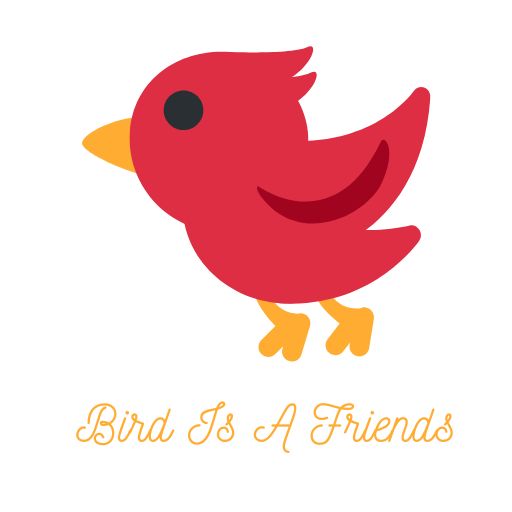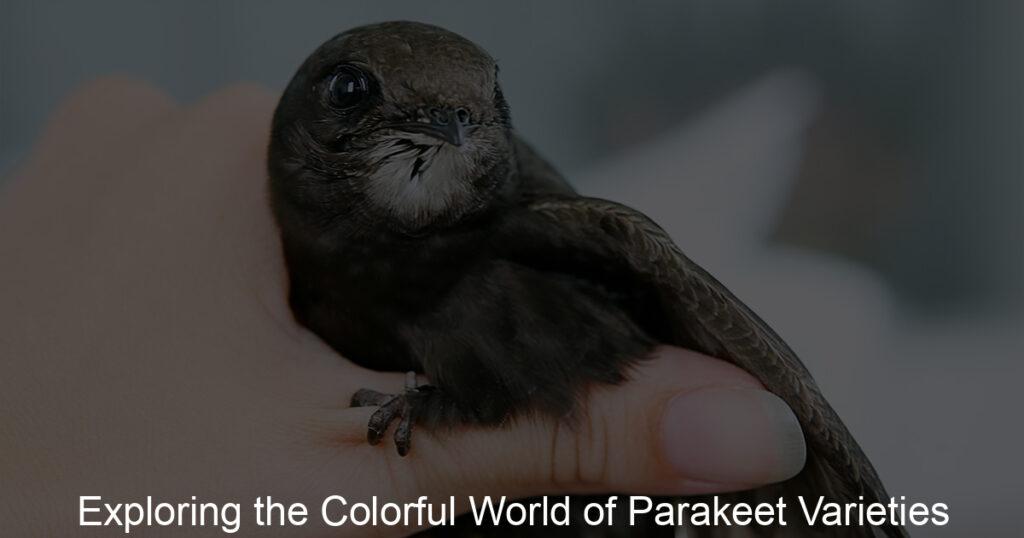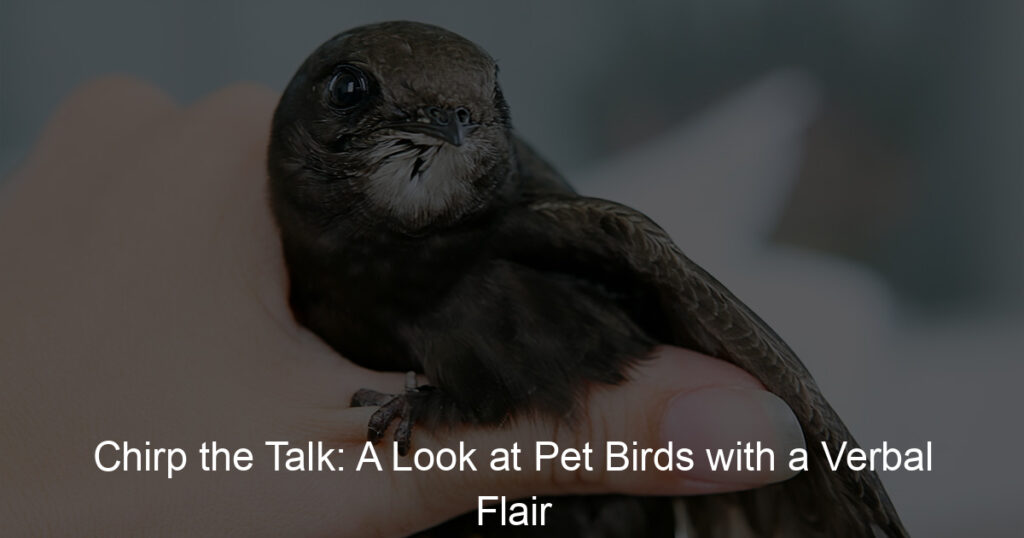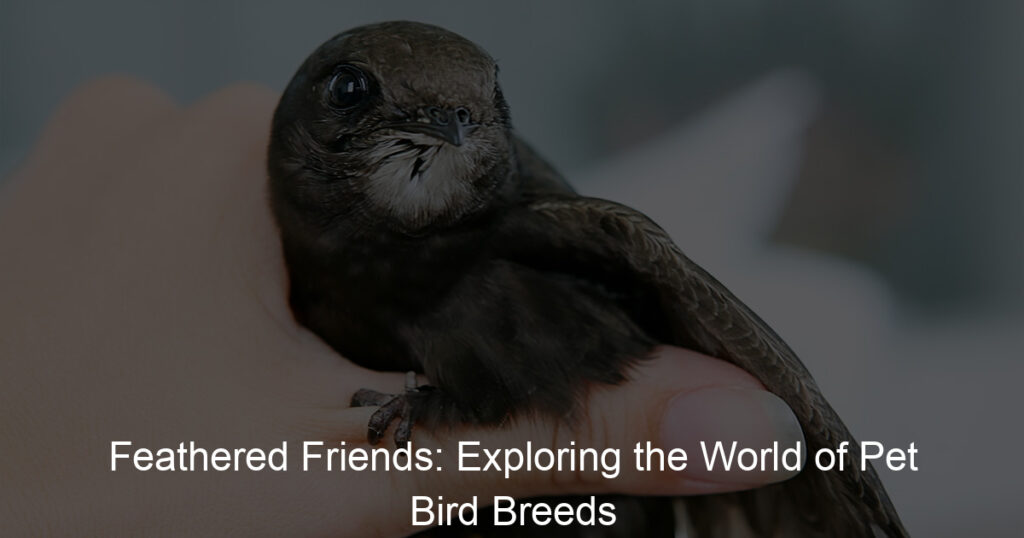
Introduction to Canary Breeding for Beginners
Welcome to the fascinating world of canary breeding! This guide is designed to introduce beginners to the basics of canary breeding, the reasons why people choose to breed these beautiful birds, and the challenges that beginners often face. Let’s dive in!
- Understanding the basics of canary breeding
- Why breed canaries?
- Challenges faced by beginners
Canary breeding is a rewarding hobby that requires patience, knowledge, and a love for these vibrant creatures. The process begins with selecting a healthy pair of canaries, setting up a suitable environment for them, and providing them with a balanced diet. It’s also important to understand their breeding cycle, which typically starts in the spring and ends in late summer.
There are many reasons why people choose to breed canaries. For some, it’s a hobby that brings joy and satisfaction. For others, it’s about preserving and enhancing the species, especially those with unique colors and song patterns. Breeding canaries can also be a source of income, as these birds are highly sought after by bird enthusiasts.
Like any new endeavor, canary breeding comes with its own set of challenges. Beginners often struggle with identifying the right pair, understanding their dietary needs, and providing the right conditions for breeding. It’s also common to face difficulties in recognizing signs of illness and knowing when to intervene. But don’t worry, with time and experience, you’ll become more confident and skilled in handling these challenges.
As we delve deeper into this guide, we’ll explore each of these areas in more detail, providing you with the knowledge and skills you need to start your own canary breeding journey. So, let’s get started!
Basics of Canary Breeding
Canary breeding is a fascinating process that requires a deep understanding of the bird’s life cycle, breeding season, and the appropriate age for breeding. Let’s delve into these aspects to gain a better understanding of canary breeding.
Understanding Canary Breeding
Canary breeding is not merely about putting two birds together and waiting for them to produce offspring. It involves understanding the canary’s breeding cycle, knowing when the breeding season is, and recognizing the right age for a canary to breed.
- Canary Breeding Cycle
- Canary Breeding Season
- Canary Breeding Age
The breeding cycle of a canary typically begins in the early spring and lasts until late summer. It includes the courtship period, egg-laying, incubation, and the rearing of chicks. Understanding this cycle is crucial for successful canary breeding.
The breeding season for canaries usually starts in the spring and lasts until the end of summer. This is when the birds are most fertile and ready to reproduce. The exact timing can vary depending on the climate and the specific breed of the canary.
Canaries reach sexual maturity at around 9 to 12 months of age. However, it is generally recommended to wait until a canary is at least one year old before starting to breed. This ensures that the bird is fully mature and ready to handle the demands of breeding.
In conclusion, understanding the basics of canary breeding involves a deep knowledge of the bird’s breeding cycle, recognizing the breeding season, and knowing the appropriate age for breeding. With this knowledge, you are well on your way to becoming a successful canary breeder.
Canary Breeding Essentials
When it comes to breeding canaries, there are three essential steps to follow. These steps will ensure a successful breeding season and healthy offspring.
- Choosing the Right Canaries for Breeding
- Setting up the Breeding Environment
- Feeding and Care During the Breeding Season
Choosing the right canaries for breeding is the first step. You should select healthy, active birds that are at least one year old. The canaries should have bright eyes, clean feathers, and a strong song. It’s also important to choose birds with different parents to avoid genetic problems.
Setting up the right environment is crucial for successful canary breeding. The breeding cage should be spacious, clean, and well-lit. It should also be placed in a quiet, stress-free area. The cage should contain a nest box and nesting materials like cotton fluff or feathers. A table below provides a quick guide to setting up the breeding environment.
| Item | Description |
|---|---|
| Cage | Spacious, clean, and well-lit |
| Location | Quiet, stress-free area |
| Nest Box | Available in the cage |
| Nesting Materials | Cotton fluff or feathers |
Proper feeding and care during the breeding season are essential for the health of the canaries and their chicks. Canaries should be fed a balanced diet of seeds, fruits, vegetables, and canary-specific pellets. They should also have access to clean water at all times. During the breeding season, canaries should be fed more protein, such as hard-boiled eggs or grubs. Regular cage cleaning is also crucial to prevent disease.
Guide to Breed Canaries
One of the most rewarding aspects of owning canaries is the opportunity to breed these beautiful birds and witness the miracle of life. Breeding canaries is not a simple task, but with the right knowledge and techniques, you can successfully raise a healthy brood. Let’s delve into the essential techniques involved in canary breeding.
Canary Breeding Techniques
There are three main steps in the canary breeding process: pairing canaries, nesting and egg laying, and hatching and raising chicks. Each step is crucial and requires careful attention.
- Pairing canaries: The first step in breeding canaries is pairing. It’s important to choose a healthy male and female canary for breeding. The birds should be at least one year old and in good health. It’s also important to ensure that the birds are not closely related to avoid genetic problems.
- Nesting and egg laying: Once the canaries are paired, the female will start building a nest. You can provide nesting materials like soft hay or feathers. After the nest is built, the female will lay eggs. A canary typically lays 3-6 eggs, and they are usually laid one day apart.
- Hatching and raising chicks: After about 14 days, the eggs will start to hatch. The chicks are very fragile at this stage and require careful attention. The parents will feed the chicks for the first few weeks. After about a month, the chicks will start to leave the nest and learn to fly.
Breeding canaries is a rewarding experience, but it requires patience and careful attention. With the right techniques and a lot of care, you can successfully breed and raise healthy canaries.
Canary Breeding Tips
Now that we’ve covered the basics of canary breeding, let’s delve into some practical tips that can help you navigate the breeding process more effectively. These tips will cover monitoring the breeding process, handling common breeding problems, and ensuring the health and safety of the chicks.
- Monitoring the Breeding Process
- Handling Common Breeding Problems
- Ensuring the Health and Safety of the Chicks
Keeping a close eye on your canaries during the breeding season is crucial. You need to observe their behavior, as changes can indicate whether they are ready to breed or not. For example, the male canary will start singing more frequently, and the female will begin to build a nest. It’s also important to monitor the eggs once they’re laid. On average, canary eggs hatch after 14 days. If an egg hasn’t hatched after 17 days, it’s likely infertile and should be removed from the nest.
Even with the best care and attention, you may encounter some common breeding problems. One such issue is egg binding, where the female canary struggles to lay her eggs. This can be due to a lack of calcium in her diet. To prevent this, ensure your canaries have a balanced diet rich in calcium during the breeding season. Another common issue is chicks not being fed by their parents. If this happens, you may need to step in and hand-feed the chicks using a special formula available in pet stores.
Once the chicks hatch, their health and safety become your top priority. Keep the nest clean to prevent disease, and monitor the chicks closely to ensure they’re being fed and are growing at a healthy rate. If a chick appears weak or is being neglected by its parents, you may need to hand-rear it. Remember, a chick’s first few weeks are critical, so it’s important to provide them with the best care possible.
By following these tips, you can help ensure a successful breeding season for your canaries. Remember, patience and attention to detail are key in the breeding process. Happy breeding!
Advanced Topics in Canary Breeding
As we delve deeper into the fascinating world of canary breeding, we encounter more complex topics. One of these is the role of genetics and selective breeding in shaping the traits of these beautiful birds. Let’s explore this in more detail.
Genetics and Selective Breeding
Genetics is like the secret code that makes a canary who they are. Selective breeding is when breeders choose specific canaries to be parents because of their special traits. This way, they can pass these traits to their babies.
- Understanding Canary Genetics
- How to Breed for Specific Traits
- Case Study: Breeding for Song Quality
Canary genetics might sound complicated, but it’s really about understanding how traits are passed from parents to their chicks. For example, the color of a canary’s feathers is determined by its genes. These genes are like tiny instructions that tell the canary’s body what color to make its feathers.
Breeding for specific traits involves choosing parent canaries that have the traits you want. For instance, if you want to breed canaries with bright yellow feathers, you would choose parent birds that have this trait. It’s like picking the best ingredients for a recipe!
Let’s look at an example. Some breeders want to produce canaries with beautiful songs. So, they would choose parent birds that are known for their singing abilities. Over time, they can produce a line of canaries that are all excellent singers. Isn’t that amazing?
Remember, genetics and selective breeding are powerful tools in canary breeding. By understanding these concepts, you can shape the traits of your canary flock and produce birds that are truly unique.
Showing and Selling Canaries
One of the most exciting aspects of canary breeding is the opportunity to showcase your birds and potentially sell them. This section will guide you through the process of preparing your canaries for shows, marketing and selling them, and understanding the legal considerations involved in canary breeding.
- Preparing canaries for shows
- Marketing and selling canaries
- Legal considerations in canary breeding
Preparing your canaries for shows is a process that involves careful grooming and training. Canaries are judged on their appearance, song, and overall health. Therefore, it’s important to ensure your birds are in top condition. Regular baths, a balanced diet, and plenty of exercise can help your canaries look and feel their best. Training your canaries to sing beautifully and behave well in a show environment is also crucial. This can be achieved through regular practice sessions and positive reinforcement.
Marketing and selling your canaries effectively requires a good understanding of your target market and a strategic approach. You can advertise your birds through various channels such as social media, bird shows, and pet stores. High-quality photos and detailed descriptions of your canaries can attract potential buyers. It’s also important to price your birds fairly, considering factors such as their breed, age, health, and unique qualities.
There are several legal considerations to keep in mind when breeding and selling canaries. These may vary depending on your location, so it’s important to research and understand the laws in your area. Some common considerations include obtaining a breeding permit, adhering to animal welfare standards, and keeping accurate records of your breeding activities. It’s also crucial to ensure all sales are conducted legally and ethically.
In conclusion, showing and selling canaries can be a rewarding experience if done correctly. By preparing your birds well for shows, marketing them effectively, and understanding the legal aspects of canary breeding, you can enjoy success in this fascinating hobby.
Conclusion: Mastering Canary Breeding
As we wrap up this comprehensive guide to canary breeding, it’s important to revisit the key points we’ve covered and consider how you can continue to grow and learn in this fascinating hobby. Let’s take a look at the main takeaways, the ways you can continue your education, and how you can become part of the canary breeding community.
- Key takeaways from the beginner’s guide to canary breeding
- Continuing your education in canary breeding
- Joining the canary breeding community
Throughout this guide, we’ve covered the basics of canary breeding, from understanding the different types of canaries to learning about their breeding cycle. We’ve also discussed the importance of providing a healthy environment for your canaries, including a balanced diet and a clean, safe cage. Remember, patience and observation are key in this process, as canaries have their own unique behaviors and breeding patterns.
Canary breeding is a lifelong learning journey. As you gain more experience, you may want to delve deeper into advanced topics such as genetics and selective breeding. There are many resources available, including books, online courses, and forums where you can learn from experienced breeders. Remember, the more knowledge you have, the better you can care for your canaries and the more successful your breeding efforts will be.
Becoming part of the canary breeding community is a great way to share your experiences, learn from others, and get support when you need it. There are many local and online clubs and forums where you can connect with fellow breeders. Participating in these communities can also provide opportunities to attend events, participate in shows, and even contribute to the conservation of certain canary species.
In conclusion, mastering canary breeding is a rewarding journey that requires patience, dedication, and a love for these beautiful birds. As you continue to learn and grow in this hobby, remember to always prioritize the health and happiness of your canaries. Happy breeding!








